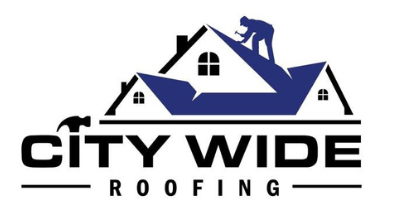The world of home renovations, particularly roof replacement, is a complex field that necessitates a keen understanding of various cost factors. These factors range from material type and labor costs to the size of the roof and other ancillary costs such as permits or dumpster rentals.
A comprehensive grasp of these elements aids homeowners in planning their budgets effectively and mitigating unexpected expenses. Thus, this exploration into roof replacement provides an informative window into the intricacies involved in accurately determining renovation costs.
However, mastering these cost components is only half the battle when embarking on a roof replacement journey. Equally vital is the ability to decipher contractor estimates, which often comprise numerous line items that can be challenging to understand without prior knowledge.
Comparing these estimates from different contractors is another critical step in ensuring value for money while meeting project objectives. This discussion provides insightful guidance on navigating through contractor estimates with confidence by demystifying common items found within them and sharing strategies on how they should be compared intelligently.
Understanding the Cost Factors in Home Renovations
Analyzing the cost factors involved in home renovations, particularly roof replacement, requires a meticulous understanding of various components such as materials, labor, and geographical location.
Material costs are typically influenced by the type and quality of roofing materials selected which can range from asphalt shingles to metal or tile roofs.
Labor costs depend on the complexity of the work needed, with more challenging installations necessitating skilled professionals thus increasing expenses.
Geographical location also directly impacts costs due to variations in local market prices for materials and labor charges.
In addition to these primary factors influencing renovation costs, several secondary elements play significant roles too.
For instance, the size and pitch of the roof will dictate both material requirements and difficulty of installation directly affecting project price tags.
Weather conditions can affect both timelines and resultant costs; harsh climates may require additional protective layers or specialized materials raising overall expenditures.
Furthermore, any necessary repairs or replacements to structural elements underneath the visible roofing layer could significantly inflate initial estimates.
Therefore, an accurate quote must consider all these intricate aspects providing homeowners with a comprehensive financial outlook for their renovation project while fostering a sense of belonging through transparency and honesty about potential investments required in their properties’ improvements.
Deciphering and Comparing Contractor Estimates
Understanding the intricacies of contractor estimates is fundamental to making an informed choice when it comes to home renovation projects. These estimates, often complex and varied, require comprehensive scrutiny for an accurate comparison.
Various factors contribute to the ultimate cost outlined in these estimates, including labor charges, material costs, overheads, and profit margins. Therefore, a thorough understanding of such elements is crucial in identifying potential areas of savings or overpricing.
It is also noteworthy that professionals generally provide their quotes in one of two ways: as a fixed price quote or a cost-plus quote. Each has its merits and drawbacks that necessitate careful consideration.
Comparing contractor estimates, especially during a roof replacement, requires more than merely looking at the bottom-line figure; it demands an appreciation for the detailed breakdown within each estimate. Contractors may differ in their approach towards certain aspects like labor costs or material selection, which can significantly influence the overall cost estimate provided.
The key here lies not just in recognizing these differences but in interpreting what they mean for your specific project’s requirements and budget constraints. Furthermore, considering factors such as past performance and reputation alongside quoted prices can offer valuable insights into choosing a competent service provider—ultimately aligning with the common desire for belonging to a community characterized by sound decision-making and successful home renovations.


